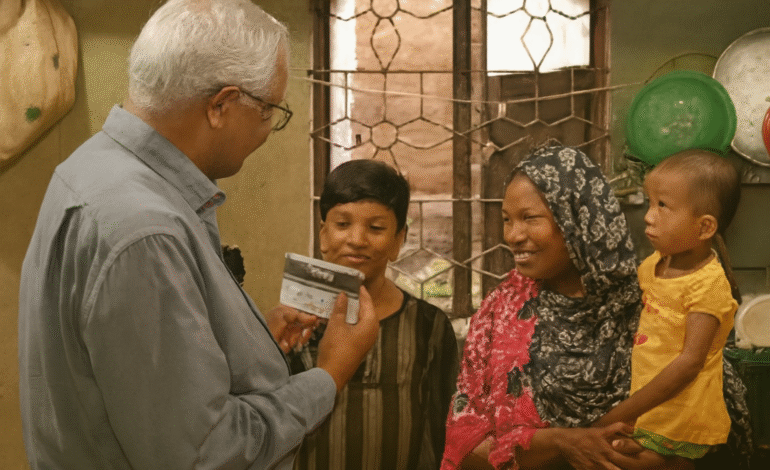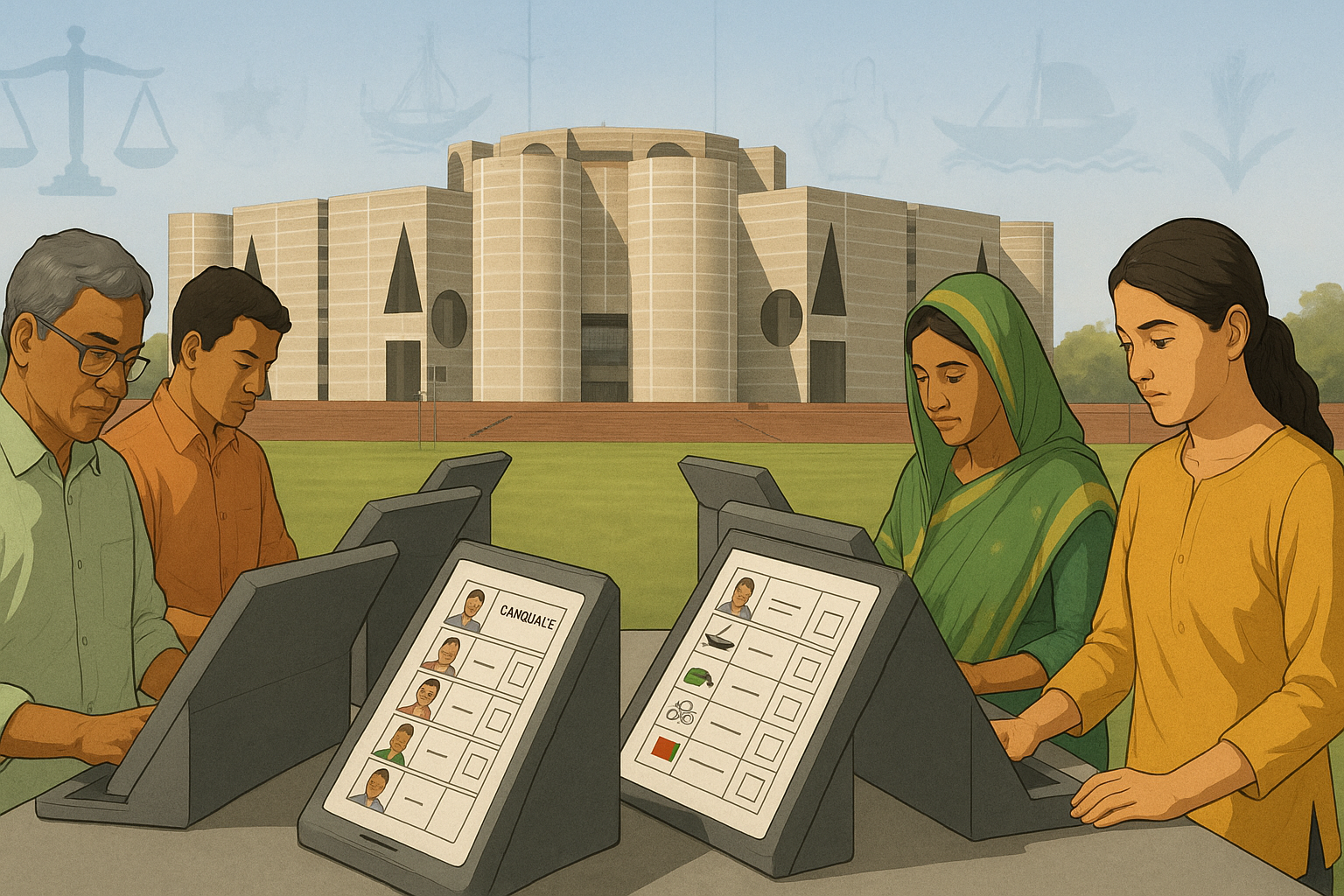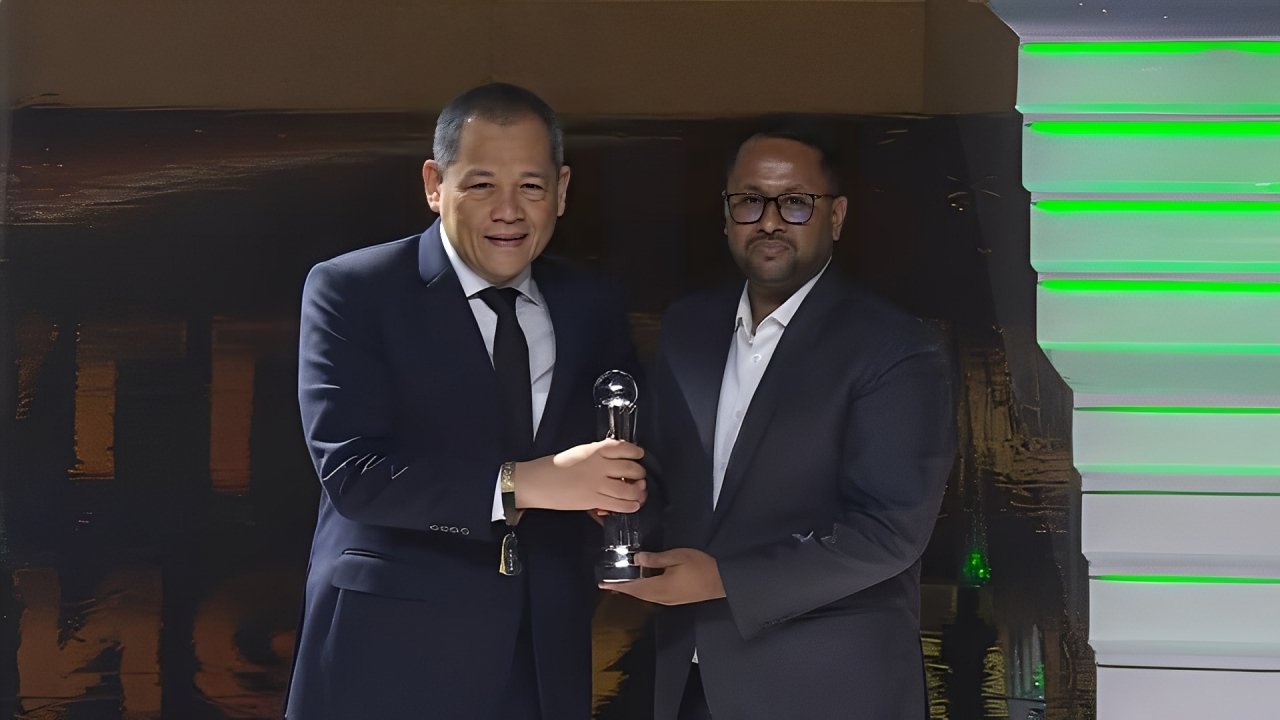Bangladesh’s Gut-Healing Food Earns Global Spotlight in Time’s Best Inventions 2025

Gut-healing food among Time’s best inventions of 2025
Bangladesh’s gut-healing food, officially known as MDCF-2 (Microbiota-Directed Complementary Food), has been featured by Time Magazine among its Best Inventions of 2025 in the Social Impact category. This accolade places Bangladesh at the forefront of nutritional science, shining a spotlight on a homegrown invention that targets malnutrition through restoring gut health.
The story is especially meaningful because Time’s annual Best Inventions series is globally prestigious: it curates around 300 breakthrough innovations each year across technology, health, environment, culture, and social impact. Being included in that list means MDCF-2 is recognized alongside global innovations that push boundaries in science, sustainability, and human welfare.
What Is MDCF-2 and Why It Matters
MDCF-2 is a specially designed gut-restoring complementary food aimed to treat undernutrition by repairing the gut microbiome in malnourished children. The innovation arises from a collaboration between icddr,b (International Centre for Diarrhoeal Disease Research, Bangladesh) and Washington University in St. Louis.
The formulation includes a precise mix of ingredients — chickpea flour, soybean flour, peanut flour, and green banana — chosen for their ability to nourish beneficial gut bacteria that support growth, immunity, and neurodevelopment. Clinical trials have shown that children on MDCF-2 exhibit greater improvements in weight and height than expected, and the food appears to stimulate growth-linked enzymes and improve gut health.
According to Time’s feature, the 2024 study revealed that MDCF-2 may stimulate a key growth-inducing enzyme, further supporting its potential to go beyond mere nutritional supplementation and actively reshape child development trajectories. The next challenge, as the Time article notes, is scaling deployment to high-burden areas where acute malnutrition is rampant.
Time Magazine & Its Best Inventions Series
Time Magazine, founded in 1923, is one of the world’s most influential news and media publications. Its Best Inventions list, published annually, highlights innovations that “make the world better, smarter, and even a bit more fun.” The selection spans categories like health, sustainability, AI, mobility, and social impact.
When Time selects an invention, it does so after scrutiny by its editors, contributors, and often external experts. To be included means not just novelty, but scalability, utility, and the potential for positive change. Innovations spotlighted each year often gain visibility among investors, global institutions, and media, further accelerating adoption and collaboration.
By featuring MDCF-2, Time affirms that this Bangladesh-led project is not just locally relevant, but globally promising. The spotlight amplifies its potential to attract support, partnerships, and funding.
The Science & Collaboration Behind the Innovation
The genesis of MDCF-2 lies in interdisciplinary science. Dr. Tahmeed Ahmed, executive director of icddr,b, and Dr. Jeffrey Gordon of Washington University conceived the idea by combining decades of malnutrition research in Bangladesh with groundbreaking microbiome science in the U.S. Their work reflects an insight: the gut microbiome is not merely a passive digestive ecosystem but a key regulator in how children absorb nutrients, fight infections, grow bone, and shape brain development.
The research targeted specific bacterial species that, when nourished appropriately, can convert diet into metabolites that support growth. MDCF-2’s formulation is designed to feed those bacteria. Trials in Bangladesh revealed that treated children had not just better growth but improved immune recovery, a vital outcome in regions where infections exacerbate malnutrition.
Encouragingly, large-scale follow-up studies are underway in India, Pakistan, Mali, and Tanzania, testing MDCF-2 in diverse populations to assess reproducibility, safety, and impact. If these trials succeed, MDCF-2 could shift global malnutrition policy and implementation.
Why This Recognition Is Monumental for Bangladesh
Validation of Local Science
The recognition demonstrates that researchers in Bangladesh can lead globally relevant breakthroughs. A food innovation conceived and tested locally has earned international acclaim — a morale boost for the nation’s scientific ecosystem.Attention & Funding Leverage
Time’s platform brings visibility to projects. This boost could help MDCF-2 attract increased funding from governments, NGOs, and international agencies aiming to scale nutrition interventions.Catalyst for Policy Change
Global recognition can influence Bangladesh’s own public health and nutrition policies. It may encourage the government to adopt or subsidize MDCF-2 in national nutrition programmes, reducing reliance on imported supplements.Enhancing Global Collaboration
The spotlight helps establish Bangladesh as a hub for health innovation. It may attract more collaborations between Bangladeshi institutions and global partners in nutrition, microbiome science, and implementation.
Dr. Tahmeed Ahmed called the recognition “deeply encouraging,” stating how science and compassion can unite to solve persistent health challenges. He and Dr. Gordon expressed commitment to deploying MDCF-2 to populations with the highest need.
Challenges & the Road Ahead
Although the Time recognition is a milestone, many steps remain before gut-healing food becomes a standard tool in global nutrition.
Scaling manufacturing & distribution: Ensuring MDCF-2 can be produced affordably at large scale and delivered to remote areas will test logistics and supply chains.
Regulatory approvals: Each country may require contextual trials, safety reviews, and regulatory approval before MDCF-2 becomes part of national nutrition programs.
Sustainability & cost: It’s crucial that MDCF-2 remains cost-effective, uses locally available ingredients, and doesn’t depend heavily on expensive imports.
Cultural adaptation & acceptance: Nutrition interventions succeed when they align with local food habits, taste preferences, and socio-cultural norms.
Monitoring long-term effects: While short-term outcomes are promising, long-term monitoring of growth, cognitive development, health resilience, and possible unintended effects is essential.
Still, experts believe that if MDCF-2 clears these hurdles, it could become a game-changer in how the world addresses malnutrition in children — shifting from calorie-based supplements to microbiome-targeted therapies.
Global Context: Malnutrition, Innovation & the Microbiome
Global malnutrition remains a stubborn challenge. Even as food production has increased, child stunting, wasting, and undernutrition persist — especially in low- and middle-income countries. Scientific consensus is forming that the gut microbiome plays a pivotal role in how children respond to nutritional interventions.
Innovations like MDCF-2 reflect a broader shift toward precision nutrition — tailoring dietary formulations to optimize microbial communities. Other research projects in Africa and Asia are exploring related microbiota-directed foods, probiotics, and personalized nutrition.
By blending local ingredient knowledge, microbiome science, and clinical trials, Bangladesh’s gut-healing food stands as an example of how innovation need not always come from wealthy nations — but can emerge from places that understand the challenge intimately.
Conclusion
The selection of Bangladesh’s gut-healing food (MDCF-2) among Time’s Best Inventions of 2025 marks a defining moment in global health science. It validates Bangladeshi researchers, elevates local innovations to global stage, and offers a new hope in the fight against childhood malnutrition.
What began as a collaboration between icddr,b and Washington University may now ripple across continents if scaled carefully and ethically. The recognition is not the endpoint but a powerful launchpad.
As global nutrition strategies evolve, Bangladesh’s gut-healing food stands poised to lead a new era — one where restoring the gut microbiome becomes central to healing malnutrition, improving child health, and shaping the next generation’s potential.







